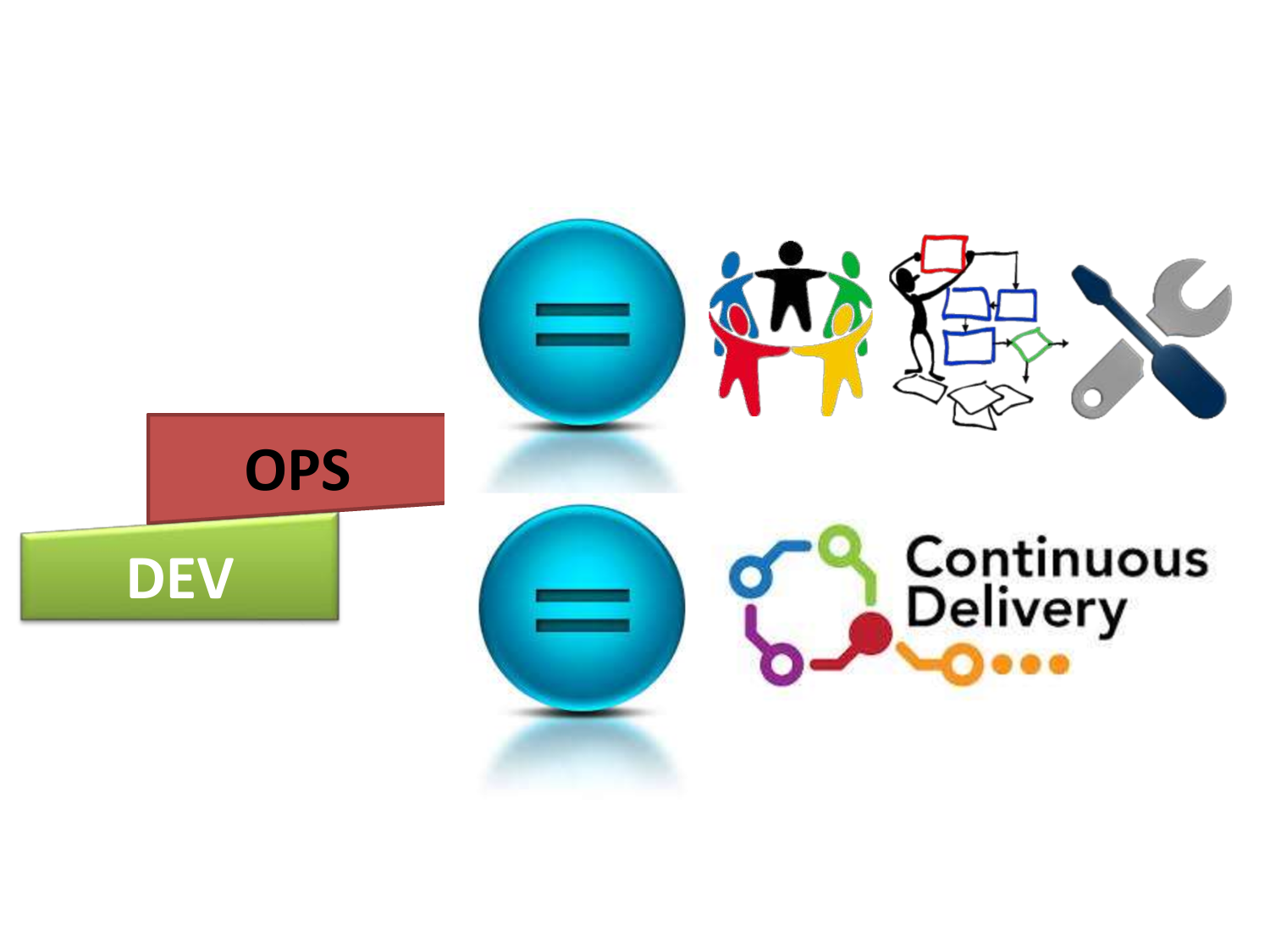Monitoreo
y
Observabilidad
CLOUD COMPUTING

Cloud Native
CLOUD COMPUTING

CLOUD COMPUTING

Definition:
Cloud native technologies empower organizations to build and run scalable applications in modern, dynamic environments such as public, private, and hybrid clouds.
Containers, service meshes, microservices, immutable infrastructure, and declarative APIs exemplify this approach. These techniques enable loosely coupled systems that are resilient, manageable, and observable.
Combined with robust automation, they allow engineers to make high-impact changes frequently and predictably with minimal toil.

CLOUD COMPUTING

Resilience welcomes failures instead of trying to prevent them; it takes advantage of the dynamic nature of running on a cloud computing platform to adapt and absorb problems.
Elasticity is meant to satisfy demand and is used to execute rapid deployments and fast iterations, while engineering simplifies complexity in smaller units: microservices. The application is broken into small parts that can be maintained by different teams and scaled independently.
Operability adds control of application lifecycles from within, instead of relying on external processes and monitors.
A cloud native application:

CI/CD requires feedback

Montioreo
y
Observabilidad
CLOUD COMPUTING

Monitoreo
Cómo la aplicación es de performante
Observabilidad
Cómo la aplicación está haciendo las cosas


El problema
-
Microservicios crean demasiadas fuentes de información para seguir
La alicación en partes, crea decenas o centenas de puntos de observación. Cada punto necesita ser monitoreado.
-
Los LOGs no son solución
Cada punto envia logs a un sitio centralizado, no se pueden analizar por la cantidad de datos que se reciben. Existen distintos logs (sistema, servicio, app)
-
Herramientas tradiconales permiten monitoreo; pero la observabilidad no es posible
Las soluciones
-
Registro de vuelo
Plataformas de ingesta de datos, bases de datos de tiempo, analizadores en tiempo real, gestores de alertas.
-
Dashboard de análisis
No es necesario reproducir los errores. Los errores están registrados para ser analizados asincrónicamente.
Observabilidad
CLOUD COMPUTING

CLOUD COMPUTING

Logging:
-
Orígen de los datos
- Kubernetes cluster - Instances SO
- Application
- Cloud provider
-
Agregadores de logs
- ELK (ElasticSearch)
- Splunk
- SaaS
CLOUD COMPUTING

Metrics
-
Fuera de la aplicación
- CI/CD process
- performance with the application
- database service performance
-
Agregadores de métricas
- Prometheus
- Thanos
- SaaS
Application metrics
Analysis capabilities
CLOUD COMPUTING

Tracing
Sistemas de microservicios que requieren interconexión y debe ser posible analizar el proceso completo.

Sobre esta presentación
CLOUD COMPUTING

Atribución 4.0 Internacional (CC BY 4.0)
https://creativecommons.org/licenses/by/4.0/deed.es